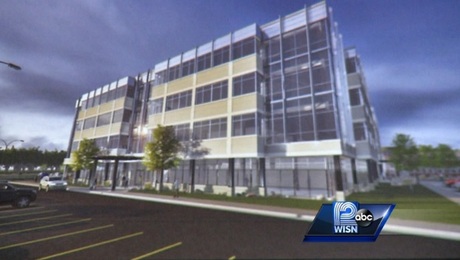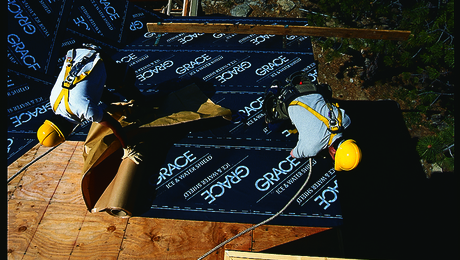With the end of the federal homebuyer tax credit now some weeks behind us, the oft-used “hangover” metaphor has been rolled out to help explain the wincing that greeted this week’s announcement of a 4.2% decline in July starts for single-family homes and the sinking numbers for the National Association of Home Builders/Wells Fargo Housing Market Index (HMI), which gauges builder confidence.
Like the wind-down in motor vehicle sales that followed the end of the Cash for Clunkers program last year, the housing market finds itself foundering with a headache after the tax-credit party. In a story headlined “Home Builders Not Driving Economic Recovery,” U.S. News & World Report cited comments by Brian Wesbury, chief economist for First Trust Portfolios, who described the patterns of activity that accompanied both stimulus programs as economic distortions with unpleasant aftereffects that tend to smooth out relatively quickly.
“Last year, the government’s Cash for Clunkers program moved a good deal of motor vehicle activity into July/August,” Wesbury wrote. “There was a temporary hangover in September, followed by a healthy recovery by underlying economic fundamentals. We think a similar pattern will take place in housing, after a temporary hangover due to the lapsing of the home buyer tax credit.”
Commerce Department figures released on Tuesday show that housing starts nationwide crept up 1.7% percent to a seasonally adjusted annual rate of 546,000 units in July from a downwardly revised figure in the previous month. But the gain was in the relatively small and volatile multifamily housing sector. The 4.2% tumble in single-family housing production, to 432,000 units, was seen as the more telling figure.
Confidence a no-show
The HMI survey results for August, which were released on Monday, suggest that the housing market’s holding pattern could linger until unemployment eases. As has been the case for awhile now, an abundance of foreclosed-property sales continues to reduce demand for new homes, and that is a principal factor in the HMI’s 1-point decline to 13 – its lowest level, NAHB notes, since March of 2009.
The association says two out of three of the HMI’s component indexes fell in August, that for current sales conditions, which declined 1 point, to 14, and the one gauging sales expectations for the next six months, which declined 3 points, to 18. The component gauging traffic of prospective buyers remained unchanged at 10.
The survey gauges builder perceptions of current single-family home sales and sales expectations for the next six months as “good,” “fair” or “poor,” and asks builders to rate traffic of prospective buyers as “high to very high,” “average” or “low to very low.” Scores from each component are then used to calculate a seasonally adjusted index where any number over 50 indicates that more builders view conditions as good than poor.
Fine Homebuilding Recommended Products
Fine Homebuilding receives a commission for items purchased through links on this site, including Amazon Associates and other affiliate advertising programs.

8067 All-Weather Flashing Tape

Handy Heat Gun

Reliable Crimp Connectors


























